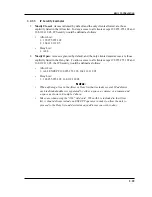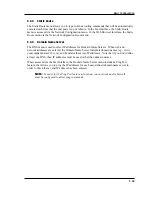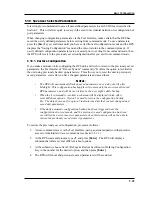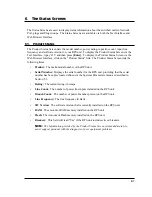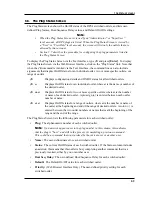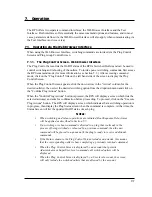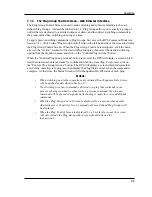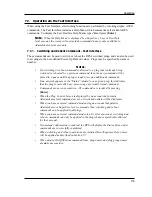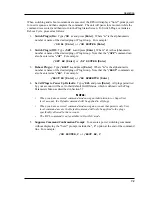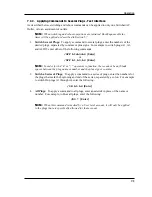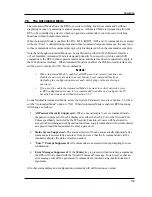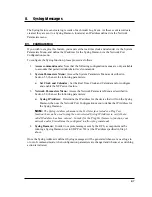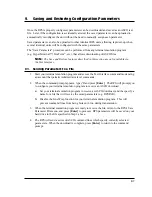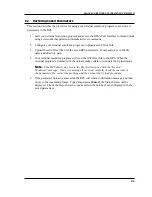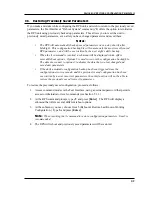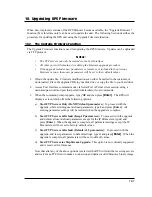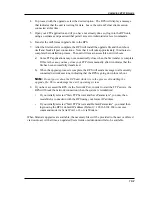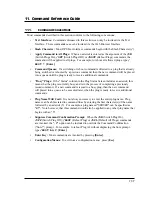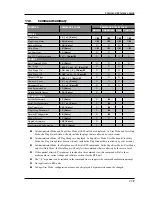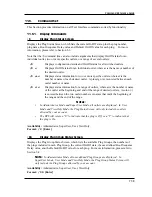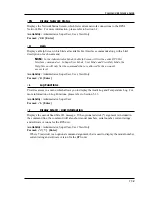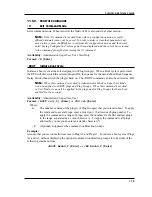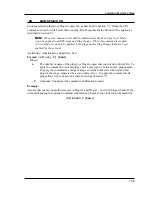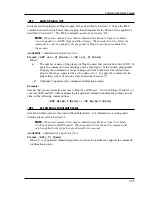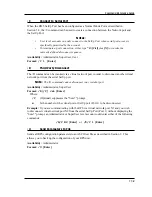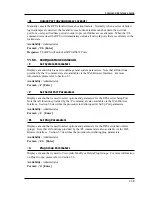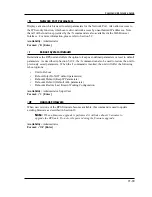
8-1
8. Syslog Messages
The Syslog feature can create log records of each Audit Log Event. As these event records are
created, they are sent to a Syslog Daemon, located at an IP address defined via the Network
Parameters menu.
8.1. Configuration
If you wish to employ this feature, you must set the real-time clock and calendar via the System
Parameters Menu, and define the IP address for the Syslog Daemon via the Network Port
Configuration menu.
To configure the Syslog function, please proceed as follows:
1.
Access command mode:
Note that the following configuration menus are only available
to accounts that permit Administrator level commands.
2.
System Parameters Menu:
Access the System Parameters Menu as described in
Section 5.3, then set the following parameters:
a)
Set Clock and Calendar:
Set the Real Time Clock and Calendar and/or configure
and enable the NTP server feature.
3.
Network Parameters Menu:
Access the Network Parameters Menu as described in
Section 5.9, then set the following parameters:
a)
Syslog IP Address:
Determine the IP address for the device that will run the Syslog
Daemon, then use the Network Port Configuration menu to define the IP Address for
the Syslog Daemon.
Note:
The Syslog Address submenu in the Text Interface includes a Ping Test
function that can be used to ping the user-selected Syslog IP Address to verify that a
valid IP address has been entered. In order for the Ping Test feature to function, your
network and/or firewall must be configured to allow ping commands.
4.
Syslog Daemon:
In order to capture messages sent by the RPS, a computer must be
running a Syslog Daemon (set to UDP Port 514) at the IP address specified in Step 3
above.
Once the Syslog Address is defined, Syslog messages will be generated whenever a user logs in
or out of command mode, when configuration parameters are changed and whenever a switching
action is initiated.

